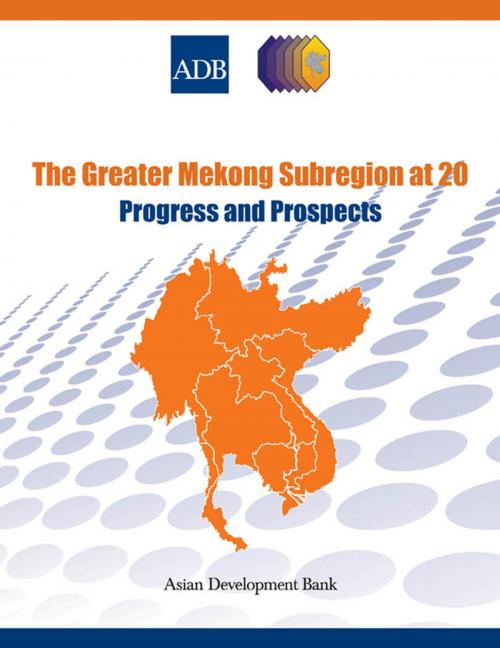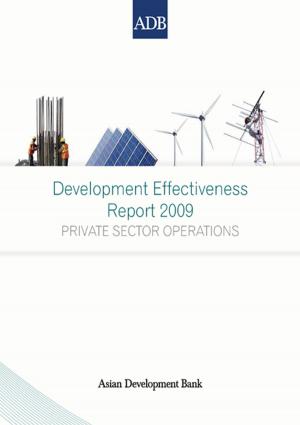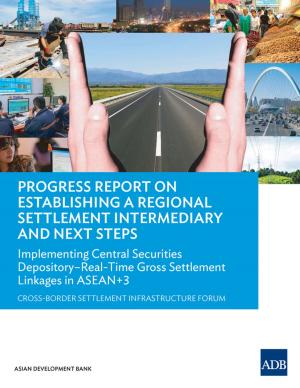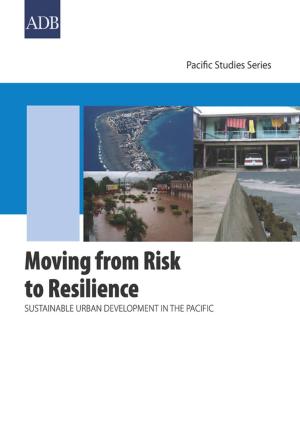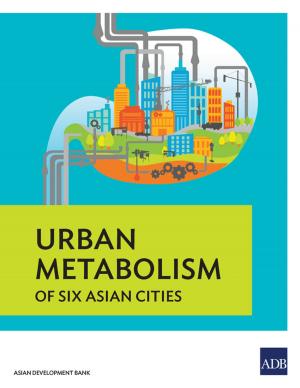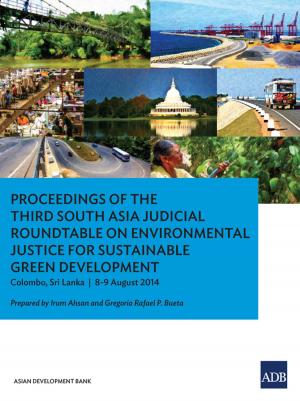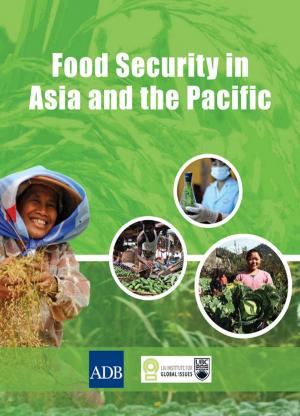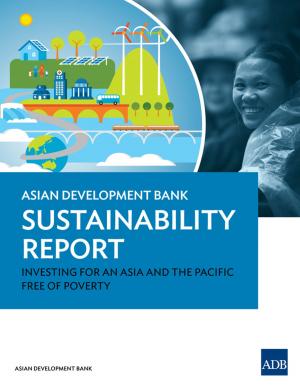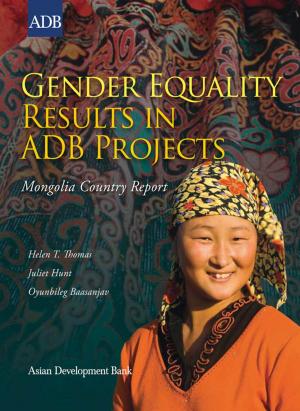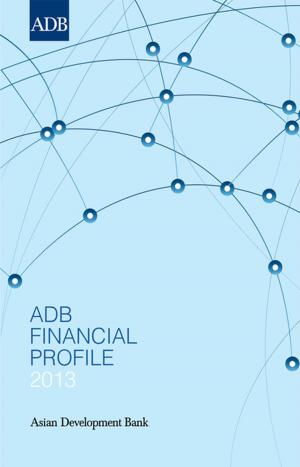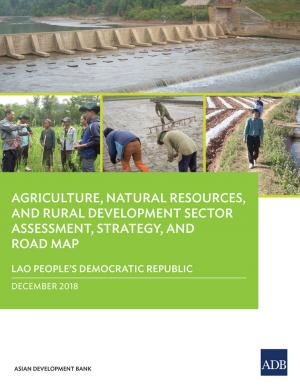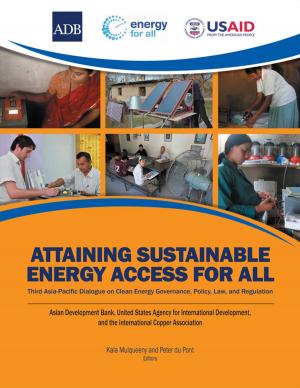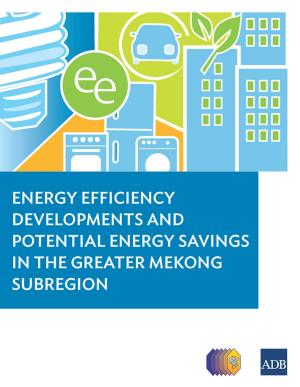The Greater Mekong Subregion at 20
Progress and Prospects
Nonfiction, Social & Cultural Studies, Political Science, Politics, Regional Planning| Author: | Asian Development Bank | ISBN: | 9789290929130 |
| Publisher: | Asian Development Bank | Publication: | December 1, 2012 |
| Imprint: | Asian Development Bank | Language: | English |
| Author: | Asian Development Bank |
| ISBN: | 9789290929130 |
| Publisher: | Asian Development Bank |
| Publication: | December 1, 2012 |
| Imprint: | Asian Development Bank |
| Language: | English |
The Greater Mekong Subregion (GMS) includes Cambodia, the People's Republic of China (specifically Yunnan Province and Guangxi Zhuang Autonomous Region), the Lao People's Democratic Republic, Myanmar, Thailand, and Viet Nam. In 1992, with assistance from the Asian Development Bank (ADB) and building on their shared histories and cultures, the six countries launched a program of subregional economic cooperation---the GMS Program. Over the past 20 years, the GMS Program has achieved substantial success in improving regional connectivity through investments of $15 billion as well as more than 180 technical assistance projects. With support of ADB and other development partners, the program is helping the participating countries achieve the Millennium Development Goals and balanced growth through increased connectivity, improved competitiveness, and a greater sense of community.
The Greater Mekong Subregion (GMS) includes Cambodia, the People's Republic of China (specifically Yunnan Province and Guangxi Zhuang Autonomous Region), the Lao People's Democratic Republic, Myanmar, Thailand, and Viet Nam. In 1992, with assistance from the Asian Development Bank (ADB) and building on their shared histories and cultures, the six countries launched a program of subregional economic cooperation---the GMS Program. Over the past 20 years, the GMS Program has achieved substantial success in improving regional connectivity through investments of $15 billion as well as more than 180 technical assistance projects. With support of ADB and other development partners, the program is helping the participating countries achieve the Millennium Development Goals and balanced growth through increased connectivity, improved competitiveness, and a greater sense of community.
